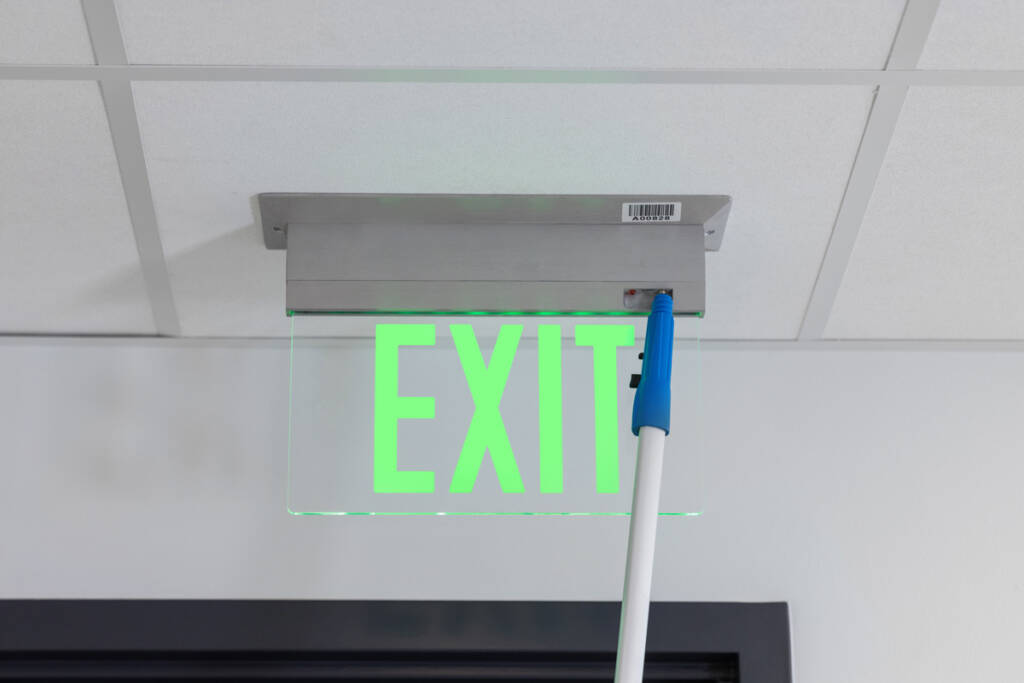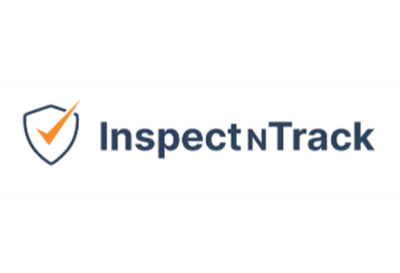Keeping your facility safe isn’t just about meeting regulatory requirements—it’s about protecting the lives of the people who live, work, and visit there. Life safety inspections play a crucial role in ensuring that fire protection systems, emergency exits, and other critical components are working properly. Regular inspections not only keep you compliant with codes such as NFPA and OSHA, but they also help reduce risk, prevent costly damage, and create peace of mind.
What Are Life Safety Inspections?
Life safety inspections are systematic evaluations of the systems and equipment designed to protect building occupants in emergencies. These inspections cover a wide range of safety systems, including:
Fire alarms and detection systems
Sprinklers and fire suppression equipment
Fire extinguishers
Emergency lighting and exit signage
Fire doors and egress routes
First-aid and emergency response stations
These components form the backbone of your facility’s emergency response plan. If any fail when needed, the consequences can be catastrophic.
- What Are Life Safety Inspections?
- Why Life Safety Inspections Matter
- How Technology Simplifies Life Safety Inspections
- How Often Should Life Safety Inspections Be Performed?
- Best Practices for Effective Life Safety Inspections
- Conclusion
- Other Helpful Articles
- Want to learn more about InspectNTrack?
- Navigation
- Quick Links

Why Life Safety Inspections Matter
Neglecting inspections doesn’t just risk non-compliance—it can directly endanger lives. Here’s what’s at stake when inspections are delayed or skipped:
Regulatory penalties: Failure to comply with NFPA or OSHA standards can lead to citations and costly fines.
Increased liability: If an incident occurs and inspection records are missing or incomplete, your organization could face legal exposure.
Equipment failure: Without routine checks, fire suppression and alarm systems may malfunction when needed most.
Reputational harm: A preventable incident can permanently damage trust in your organization.
In short, consistent inspections are the foundation of both compliance and preparedness.
How Technology Simplifies Life Safety Inspections
Traditional paper-based inspection methods make it difficult to maintain accurate records, track maintenance, and prove compliance during audits. That’s where inspection management software like InspectNTrack makes a difference.
InspectNTrack helps safety teams:
Automate scheduling and reminders for recurring inspections
Capture inspection data in real time using mobile devices
Generate digital records instantly for audits or regulatory reviews
Identify and correct issues quickly through custom reporting tools
By digitizing your process, you eliminate missed inspections, reduce administrative workload, and ensure your records are always audit-ready. The result is greater efficiency, accuracy, and confidence in your safety program.
How Often Should Life Safety Inspections Be Performed?
The frequency of life safety inspections varies by equipment or system type and regulatory requirement:
| System/Equipment | Typical Frequency |
|---|---|
| Fire Extinguishers | Monthly visual checks; annual maintenance |
| Sprinkler Systems | Quarterly, semi-annual, and annual tests depending on components |
| Fire Alarms | Semi-annual or annual testing |
| Exit Signs & Emergency Lights | Monthly and annual functionality tests |
| Fire Doors & Egress Routes | Quarterly or annual inspections |
Your local fire code or authority having jurisdiction (AHJ) may specify additional requirements. Keeping a consistent schedule—and maintaining detailed inspection logs—is key to staying compliant.
Best Practices for Effective Life Safety Inspections
To get the most value out of your inspection program:
Standardize your checklists so all inspectors follow consistent procedures.
Train your team regularly on both equipment use and compliance standards.
Leverage data analytics to identify recurring problems or aging equipment.
Integrate inspections into your preventive maintenance plan to ensure long-term reliability.
Use digital tools like InspectNTrack to streamline workflows and eliminate human error.
A well-structured inspection program not only satisfies compliance requirements but also drives operational excellence.
Conclusion
Life safety inspections are far more than a compliance obligation—they’re a moral and operational responsibility. Regular inspections protect people, property, and your organization’s reputation. By combining consistent inspection schedules with powerful digital tools like InspectNTrack, you can ensure every component of your safety system performs when it matters most.

